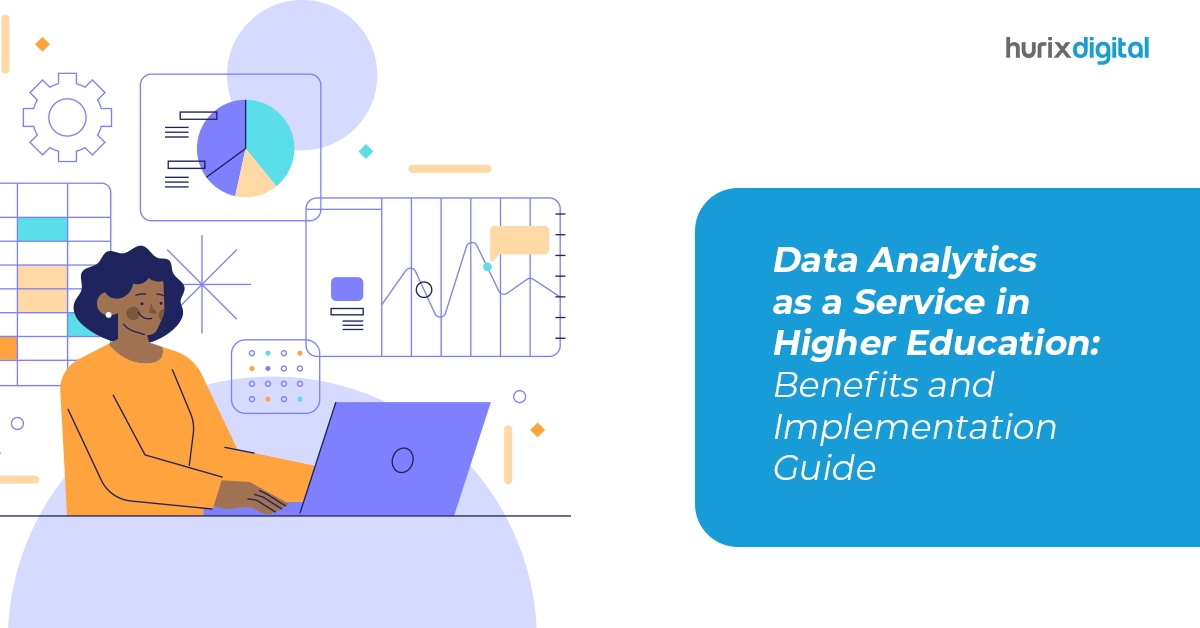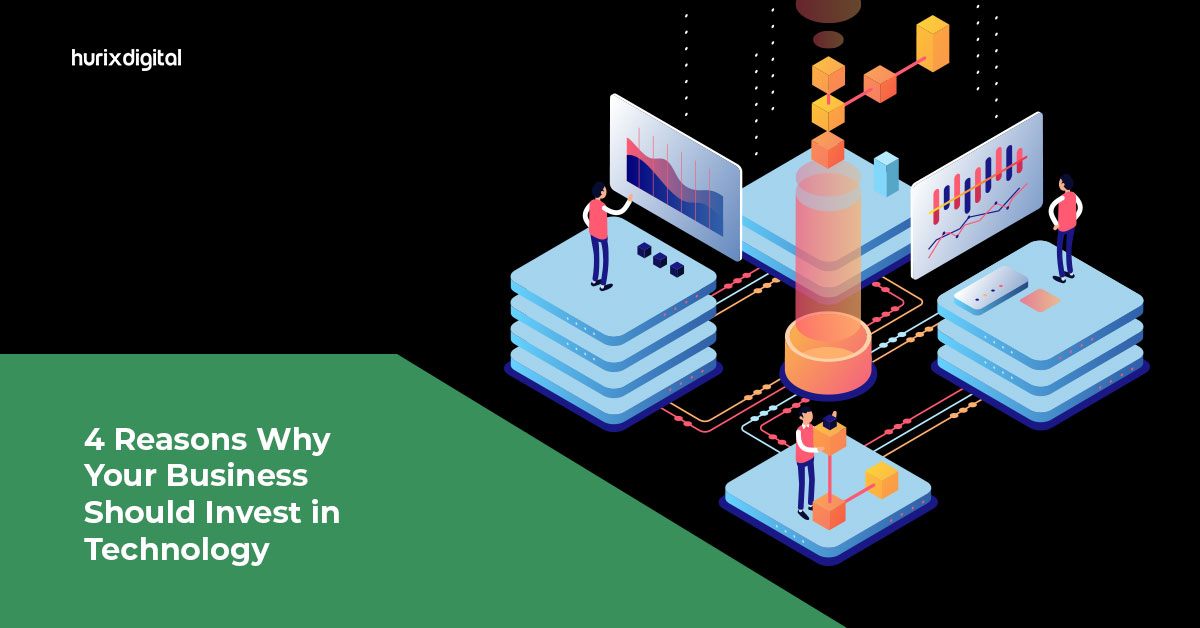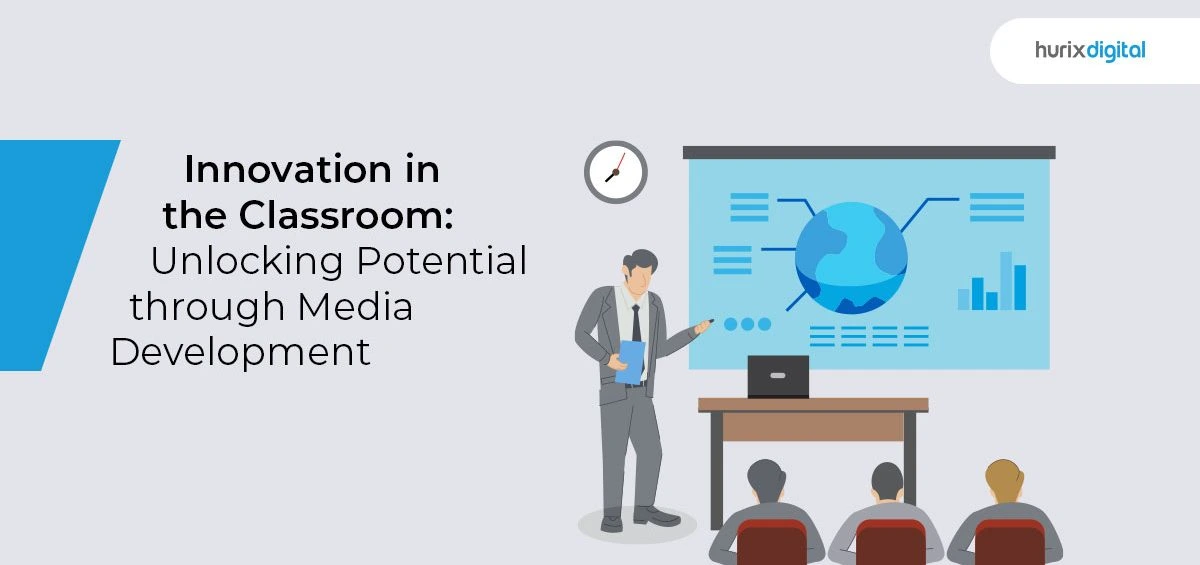
Data Analytics as a Service in Higher Education: Benefits and Implementation Guide
Summary
Learn about the benefits of data analytics as a service in higher education. This blog provides a guide to implementing data analytics solutions for improved institutional decision-making.
Institutions of higher learning are negotiating an unparalleled moment of change. Declining enrollment rates stretched public resources, and the pandemic’s aftereffects on mental health requirements have created a complicated environment requiring innovation and adaptability.
Nonetheless, the emergence of big data and analytics capabilities has induced a paradigm change. In this situation, universities must assign priority to initiatives that boost student satisfaction and yield measurable results. There is no denying data analytics’ enormous potential in higher education.
Every day, universities generate massive volumes of data that, if appropriately harnessed, have the power to inspire positive change. However, according to a recent EDUCAUSE QuickPoll, 63% of higher education leaders lack confidence in their current data infrastructure. It emphasizes the necessity of a culture change in higher education that places a higher priority on data literacy and creates a collaborative atmosphere where data insights may be successfully turned into workable plans.
Table of Contents:
- Why Implement Data Analytics as a Service in Higher Education?
- Implementation of Data Analysis in Higher Education
- The Bottom Line
Why Implement Data Analytics as a Service in Higher Education?
Exploring big data and data analytics in greater detail reveals innumerable opportunities to improve the higher education experience. Here are some benefits of harnessing data analytics as a service in higher education:
1. Data-Driven Enrollment Strategies and Improved Yield Rates
Higher education analytics empowers universities to make accurate and informed enrollment decisions. By analyzing various data points, including demographics, interests, and website activity, institutions can predict the likelihood of enrollment for prospective students.
This allows for targeted outreach and recruitment efforts, focusing on segments with a higher “affinity score” towards the university. Additionally, analyzing high school and admission data can inform the development of predictive enrollment models. These models help identify potential applicants most likely to succeed and complete the application process.
Beyond attracting the right students, big data and analytics provide valuable insights into student behavior and performance. Examining course completion rates and performance metrics across different programs can highlight areas for improvement. It allows universities to adapt their curriculum or teaching methods to better cater to student needs and ensure program success.
Additionally, to maximize yield rates, tailored enrollment and retention strategies are developed with the use of demographic data. Universities may customize their outreach initiatives to appeal to particular populations and address any issues by knowing the features of their student body. Additionally, data analysis can be utilized to evaluate the efficacy of different student support programs, enabling ongoing enhancement and maximizing student achievement.
2. Promoting Student Success through Early Intervention and Personalized Learning
Utilizing data analytics as a service greatly aids academic success and student retention. By examining data on student performance, participation, and demographics, academic institutions can proactively pinpoint students facing challenges. It enables the provision of targeted support services, such as academic guidance, professional coaching, or tutoring at the beginning, to prevent issues from escalating and causing potential dropout.
Based on student data, predictive algorithms can identify pupils who may struggle academically. With access to this information, academic institutions can tailor interventions to meet individual requirements. This proactive approach promotes academic performance while exhibiting a concern for students’ well-being outside the classroom.
Additionally, instructors can customize the learning process with the use of education analytics. Teachers can modify their pedagogy and suggest pertinent materials by using data analysis to identify students’ strengths, limitations, and learning styles. The learning experience of each student is optimized consequently, leading to better academic results and creating a more involved student body.
Also Read: Best Practices in Online Curriculum Development for Higher Education
3. Optimizing Curriculum and Course Offerings for Student Success
By using data analytics to inform their course offerings, universities can better meet the requirements of their students and the demands of the industry. Institutions can determine popular courses and areas of strong student interest by examining enrolment trends, demographics, and course reviews. With this intelligence, they may more effectively allocate resources and prioritize courses that have the most impact on student achievement.
Furthermore, data analysis unveils opportunities to refine existing courses or programs. Universities can detect weaknesses in curriculum design or teaching methods by identifying areas where student engagement or performance dips. This data-driven insight allows for targeted course redesign efforts, ensuring the learning experience caters effectively to student needs.
Analyzing data allows institutions to evaluate the effectiveness of their curriculum as a whole. By analyzing student performance data, universities can modify the program structure, learning objectives, and course material. This ensures that the curriculum is up-to-date with recent advancements in business and prepares students for success in their chosen fields of study.
4. Optimizing Institutional Performance and Resource Allocation
With the help of data analytics, universities can make decisions based on data and improve overall institutional performance. They can strategically deploy resources to optimize their impact by examining trends in financial allocations, enrollment patterns, and student outcomes studies. As a result, funding and resources may be allocated to projects that genuinely increase student success to enable wise planning and prioritizing.
Beyond resource allocation, data analysis sheds light on teaching effectiveness. Analyzing information on student involvement, achievements, and contentment allows universities to pinpoint areas where teachers could use professional growth chances. This focused strategy enables educators to improve their teaching techniques by utilizing data-driven information.
Additionally, research universities can enhance faculty efficiency by utilizing data analytics as a service. It provides them with the necessary tools to collect, analyze, and assess information accurately to make informed choices regarding recruiting faculty, organizing courses, designing curriculum, and offering student support services.
Moreover, data can assist scholars and students in visualizing research areas, identifying upcoming patterns, and discovering fresh research prospects, all of which enhance the vibrancy of research settings.
Ultimately, data analytics plays a vital role in organizational decision-making driven by data. Universities can periodically track and evaluate their effectiveness by analyzing key performance indicators (KPIs). As a result, the institution may continue to improve by making strategic decisions based on data insights, guaranteeing its full potential.
Implementation of Data Analysis in Higher Education
Higher education institutions need a strategic approach to implementing data analytics to transform the student journey through data-powered insights.
1. Cultivating a Data-Driven Culture
Universities need to create a data-focused atmosphere to leverage the advantages of data analytics in academia fully. This requires a two-pronged approach: gaining approval from leadership and providing necessary skills to faculty and staff.
- Leadership Commitment: Academic administrators are vital in promoting the application of data analytics. They create the conditions for data-driven decision-making to become deeply embedded in the institutional culture by actively advocating for its advantages and providing the required funding.
- Data Literacy Development: Investing in training and professional development enables faculty and staff to acquire essential data analytics skills for effective use. The key objectives of these programs should be to educate participants on how to utilize data analytics tools and understand data-driven insights.
2. Building Trustworthy Data Foundations
Ensuring data accuracy and protecting student confidentiality are top priorities in every data analysis project. For data-driven decisions to be valuable, the data itself must be precise, trustworthy, and thorough.
- Data Governance: Institutions should establish robust data governance frameworks and protocols to maintain data quality. Regular audits and validation processes further ensure the integrity of the data collected.
- Privacy Protection: Strict adherence to data protection regulations is essential. Techniques like anonymization and data aggregation can help protect student identities. Additionally, clear policies and procedures regarding data privacy and consent should be communicated effectively to address concerns.
3. Leveraging Technology for Enhanced Analytics
Technology makes effective data analytics in higher education possible. A range of tools are available to make data analysis and visualization easier. Institutions can effectively analyze and present complicated data sets by utilizing learning analytics platforms, statistical analysis software, and user-friendly data visualization software.
- Machine Learning (ML) and Artificial Intelligence (AI): ML and AI algorithms provide strong data analysis skills. These algorithms can analyze massive datasets, offer insightful results, enable predictive modeling, suggest tailored interventions, and automate data processing chores—all of which can improve student success initiatives.
However, the path to successful data implementation is not without its challenges. Data accessibility and quality can differ significantly across institutions. Effective decision-making may occasionally be hampered by isolated, erratic, or challenging-to-understand data. Thankfully, improvements in digital technology provide answers.
Universities may use these tools to turn their data into a potent predictive resource that can guide strategic planning, maximize operational effectiveness, and eventually spur enrollment growth.
Also Read: 10 Tips for Choosing the Right Educational Games for K12 Curriculum
The Bottom Line
Essentially, data analytics in education is an expression of a dedication to making decisions based on evidence. By carefully examining data sets, universities can spot trends, patterns, and potential obstacles that could hinder students’ success.
With this information at their disposal, educational institutions may design proactive plans, carry out focused interventions, and eventually create an atmosphere that encourages each student to succeed academically and personally. Institutions must prioritize a robust data management and data analytics strategy to reap the full benefits of data analytics in higher education.
At Hurix Digital, we leverage advanced learning analytics and optimize your educational programs for measurable student success. We offer a comprehensive suite of learning analytics solutions designed to provide educational institutions with actionable insights to achieve institutional excellence.
Contact us to explore our services and discover how we can transform your approach to education.

Currently serving as the Vice President of Technology Delivery Operations at HurixDigital, a prominent global provider of digital content and technology solutions for publishers, corporations, and educational institutions. With over 16 years of experience spanning EdTech and various domains, I hold certification as a SCRUM Product Owner (CSPO). My expertise includes operations, finance, and adept people management skills.








